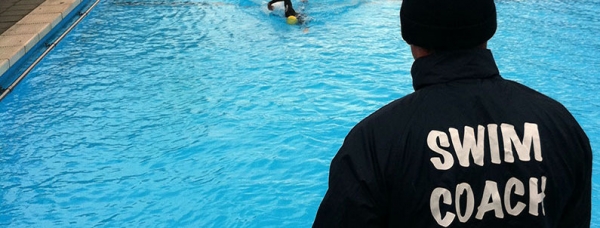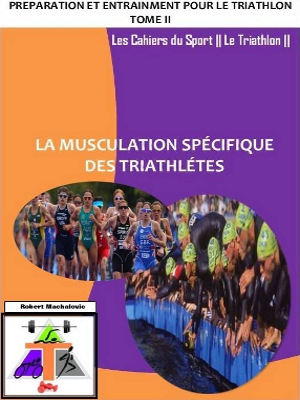The early-season phase is based on sequential increases in the volume and intensity of training. The prescription of swimming training in its simplest form is achieved by manipulation of these two factors. Training volume in swimming is relatively easy to quantify, and forms the basis of most modem swimming programs. Multiples of laps are easily added to determine the total distance covered in a single set, session, or training week. Most coaches and swimmers are comfortable with the notion and terminology relating, for example, to a 2000-m set (e.g. 20 x 100 m), a 6000-m session or a 40-km week. High-level training involving planning for the longer period (e.g., the annual plan or even the 4 year Olympic quadrennium) necessitates the calculation of long-term training volumes. For example, coaches can plan for a 2-week training camp (e.g., 140 km in a 14-day camp), a complete preparation or training macrocycle (e.g., 500 km for a 12-week cycle), or a full training year (e.g., 2000 km in 46 weeks). Although these calculations can be time consuming they are useful in the planning and review of coaching programs.
A central issue in planning relates to the relative potency (and paradoxically, the relative danger) of substantial increases in training volume and intensity. Although high training volumes, and periodic doses of high-intensity training, are a fundamental part of training, the problems associated with excessive training, particularly when coupled with inadequate recovery, are known to ail coaches. Coaching experience and the results of scientific research collectively suggest that excessive training volume and training intensity can induce fatigue, overtraining, injury, or illness. Coaches are aware that distance swimmers generally require higher training volumes (approximately 20-25% more than sprint swimmers) to develop the background necessary for success in events ranging from the 400 to 1500 m. In practice, substantial increases in either training volume or intensity during the early season places considerable physical demands and stress on the body. Some swimmers exhibit fatigue and poor performance when training loads are excessively high and recovery is incomplete, although this state is largely reversible with a few days rest.
In contrast to training volume, training intensity is more difficult to quantify. A systematic approach is required for effective planning and monitoring of training intensity. The most common approach involves the use of a training classification system that gives rise to different training intensities. In the past the majority of these training systems have relied on relatively subjective descriptors of intensity. This practice has given rise to a wide range of terminology (e.g., moderate intensity aerobic, aerobic threshold, anaerobic threshold, lactate tolerance, onset of blood lactate accumulation, maximal alactic anaerobic) that is difficult to distinguish in practice (Counsilman & Counsilman 1993). To overcome the problems of terminology and to provide a more quantitative basis, scientists have devised various systems where different intensities of swimming are ascribed a particular "weighting or physiological stress coefficient" (Mujika et al. 1996). This process is based on the blood lactate concentration that presumably reflects the physiological demand of different exercise intensities.
To illustrate this approach, the training classification system devised for swimmers at the Australian Institute of Sport is shown in Table . The most important feature is that the degree of physiological stress experienced by the swimmer increases exponentially above the level of the lactate threshold. Proportionally greater weighting coefficients are given to the higher training intensity levels. Low- and moderate-intensity aerobic efforts have the lowest weighting coefficients, while the more intensive maximal aerobic training is given a proportionally higher coefficient. Sprint training (which can be the most physiologically demanding) is given the highest coefficient. Other modeling systems employa similar system of weighting coefficients. This type of approach to monitoring training intensity has given rise to the development of additional descriptors of training such as training load (the product of training volume and training intensity), training monotony, and training strain (the product of training load and monotony) (Foster 1998).

Table Training classification system used at the Australien Institute of Sport showing different intensity coefficients.
HR: heart rate; La: lactate; CHO: carbohydrate; ATP-PC: adenosine triphosphate phosphocreatine.





